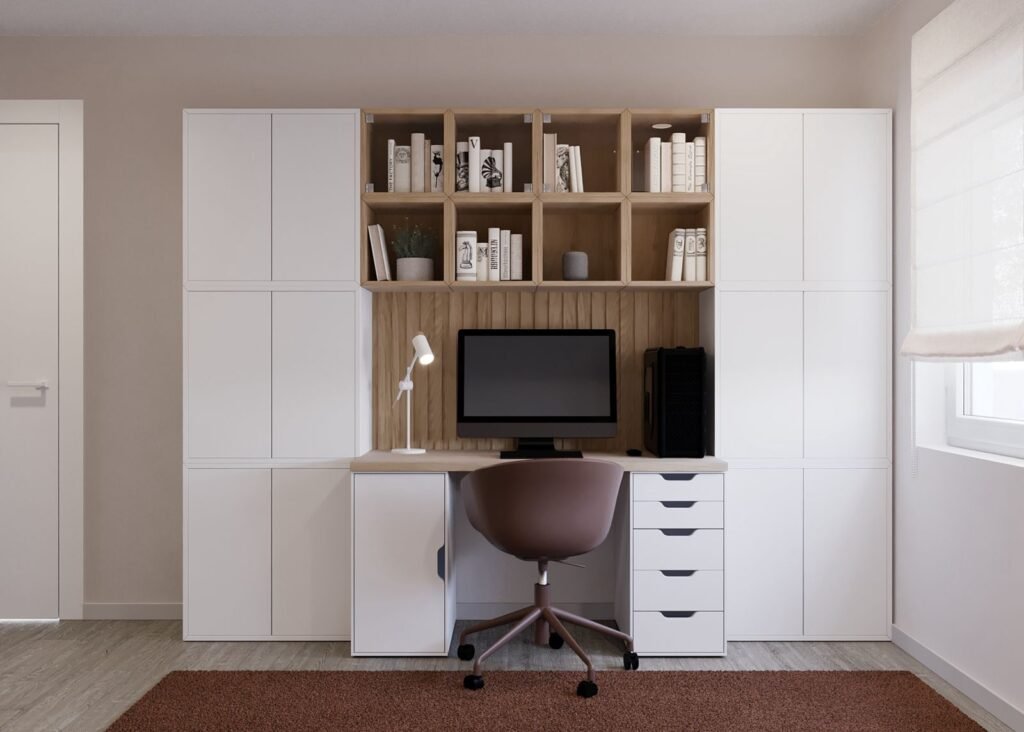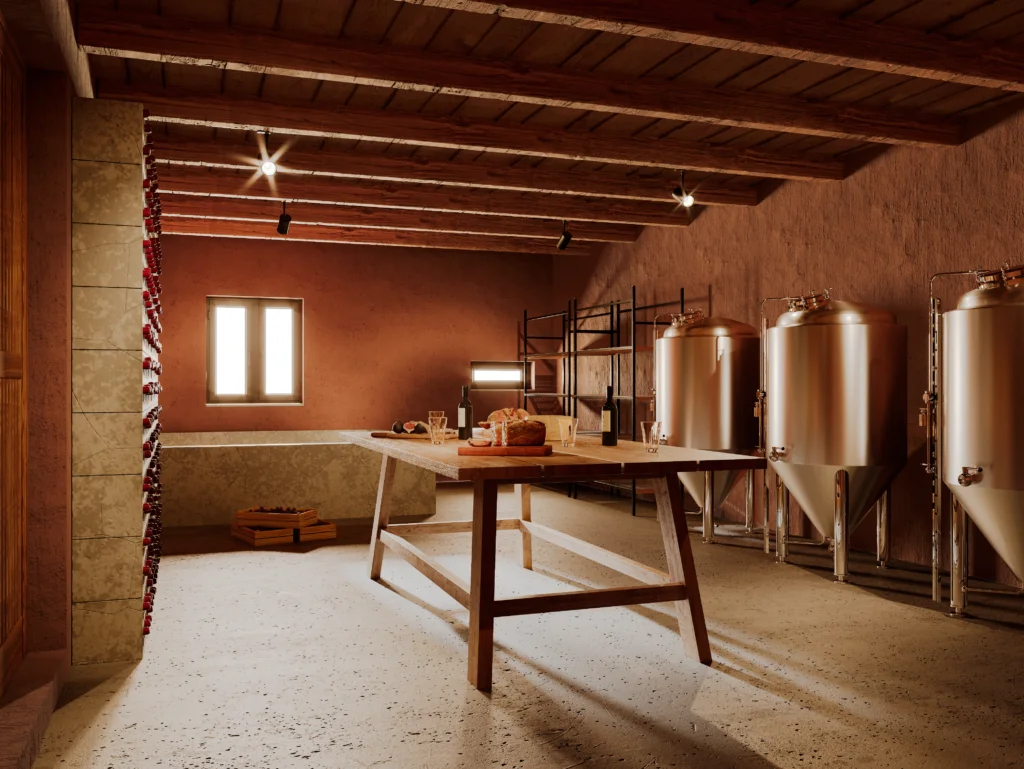In recent years, work has stopped being a place and has become an experience. Homes have taken on new functions, and suddenly the home office has stopped being a temporary improvisation and has become part of many people’s life plans.
At Curowe have been closely following this change and have realised that the real challenge is not just creating a beautiful space, but designing environments that truly respond to the needs and the pace of those who live (and work) there.
The rise of remote work and its impact on design
According to recent studies, more than half of professionals who can work remotely want to continue doing so in a hybrid or fully remote format. This new behavior has changed the way we think about domestic space.
Home is no longer just a refuge for after 6 p.m.; it is also the place where we create, produce, lead teams, and sometimes reinvent careers. This transition has brought a new perspective on interior design and architecture: a more human, more adaptable, and more functional approach.
Design a home office today means designing quality of life.
It’s about designing a space that balances focus and comfort, technology and well-being, aesthetics and ergonomics.

Each home, its own rhythm. Each person, a unique need.
There is no single formula.
Some people need a well-structured desk with multiple monitors, while others prefer a table by the window, with good natural light and a view of the garden. There are also those who transform a small room into an art or craft studio,, where creativity takes shape among paints, fabrics, or tools.
The architect’s role is to interpret these lifestyles and transform them into spaces that make sense.
More than following trends, the key is to listen. The right project is the one that reflects the routine, the taste, and even the temperament of the person who inhabits it.
Practical tips for creating a functional and beautiful home office
- Define your work purpose.
Before choosing furniture or colors, think about the type of activity you’ll be doing. A photographer, a programmer, and a ceramic artist have very different needs. - Prioritise natural light.
Whenever possible, place your desk near a window. Natural lighting improves concentration and reduces visual fatigue, and it’s an essential element for well-being. - Colours that inspire.
Neutral and light tones help maintain focus, but small touches of color in artwork, a different chair, or an accent wall can bring energy and personality to the space. - Ergonomics is an investment, not a luxury.
A proper chair and a desk at the right height make all the difference for long-term health. It’s worth investing in quality furniture designed to last. - Integrate the home office into the home.
A good project doesn’t create rigid divisions but smooth transitions. A workspace can coexist with the living room or bedroom as long as there is aesthetic coherence and discreet storage solutions. - Organize to breathe.
Visual clutter is exhausting. Well-planned drawers, niches, and shelves help keep the mind light and the space functional.

When the work is creative
For those who work with art, sewing, ceramics, or other types of manual production, the home office can become a personal studio..
In these cases, the project should prioritise circulation areas, wide support surfaces, and materials that are easy to clean.
Lighting (both natural and artificial) becomes even more important, and the space should allow freedom of movement without compromising the comfort of being at home.
Creating a home studio is, in many cases, creating a territory of expression. And that’s where design becomes emotional: the space begins to reflect the creator’s identity.
The new luxury: living with purpose
In the end the, home office is just one of the many ways the modern home responds to new ways of living.
Working from home is no longer an exception — it’s part of the daily life of thousands of people seeking balance between productivity and quality of life. In the Portuguese context, an article from The Portugal News mentions that in 2024 approximately 21.8% of the employed population was working remotely (fully or partially), and that the hybrid model is clearly growing.
Designing with purpose means understanding this: it is about creating spaces that adapt, grow, and change over time.
At Curo, we believe that every project should begin with a simple question: “how do you want to live?”And from there, build solutions that combine beauty, functionality, and meaning.

